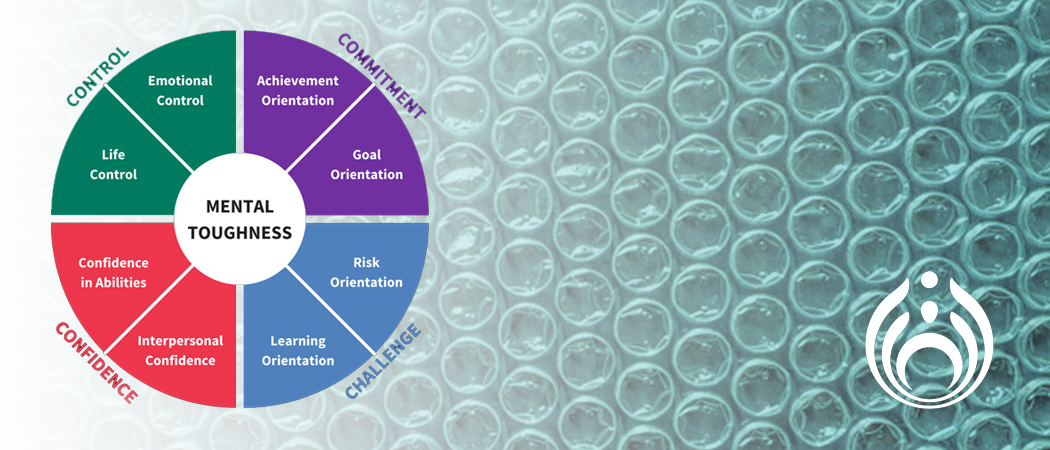Building Mental Toughness for Student Success
As parents, we all want our children to thrive academically, emotionally, and socially, especially in the demanding world of secondary school. But how can we help them build the resilience and focus needed to succeed – not just in exams, but in life? Enter mental toughness – a concept often associated with athletes, business leaders, or even survivors of extreme adversity. However, mental toughness isn’t just about being tough or fearless; it’s about developing the right mindset to stay strong, focused, and resilient in the face of challenges.
The good news for your child is that mental toughness is a skill that can be cultivated over time, rather than a trait you’re simply born with. Backed by science, mental toughness can significantly improve academic performance, emotional wellbeing, and the ability to bounce back from setbacks.
What’s more, mental toughness aligns perfectly with the Personal and Social Capabilities framework in the Australian Curriculum. By developing self-awareness, social awareness, and relationship management, students can build the emotional intelligence and resilience needed to navigate the challenges of school life and beyond. These capabilities are vital for 21st Century skills, where adaptability, critical thinking, and problem-solving are essential for future success. Mental toughness helps students develop not just academic strength, but the ability to thrive in an ever-changing, often stressful world.
So, how can mental toughness support your child’s success in school, and how can you help them develop it? Let’s take a closer look at the key aspects of mental toughness and how you can support your child in building these skills for lifelong success.
Building the Skills That Shape Future Success
Now that we’ve introduced what Mental Toughness is and why it’s so vital for thriving in today’s complex world, let’s take a closer look at the eight specific traits that help students stay calm under pressure, bounce back from setbacks, and take charge of their own learning and wellbeing. These aren’t just theoretical concepts – they’re practical, proven capabilities that your teen can develop with the right support and strategies.
Below, you’ll find each factor explained in simple terms, along with real-world examples of how your child can build these skills – both in and out of the classroom.
Let’s explore what makes a mentally tough student – and how you can help nurture these traits at home.

🧠 The 8 Factors of Mental Toughness — What They Mean for Your Teen
🧗♂️ CHALLENGE
✅ 1. Learning Orientation – “What can I learn?”
Mentally tough students view mistakes and feedback as stepping stones – not failures.
💡 Student Example: After receiving a lower-than-expected grade, a student reviews the teacher’s feedback and books a session with them to understand where they can improve for next time.
✅ 2. Risk Orientation – “I am driven to succeed.”
This is about stepping out of comfort zones and trying new experiences, even when outcomes are uncertain.
💡 Student Example: A student who’s nervous about public speaking volunteers to present in class or joins the debate team to stretch their skills and confidence.
💬 CONFIDENCE
✅ 3. Confidence in One’s Ability – “I trust my skills.”
Students with this trait back themselves, even when facing new or challenging tasks.
💡 Student Example: A student who is unsure about a maths topic still attempts the assignment independently before asking for help, believing effort will lead to growth.
✅ 4. Interpersonal Confidence – “I can speak up and be heard.”
This is the ability to communicate clearly and assertively – especially in peer settings.
💡 Student Example: A student who disagrees with a group decision during a class project speaks up respectfully and suggests an alternative approach.
🎯 COMMITMENT
✅ 5. Achievement Orientation – “I’ll do what it takes.”
This is about being reliable, showing up, and pushing through even when motivation is low.
💡 Student Example: A student who sticks to a study plan leading up to exams, even when tempted by distractions, shows high achievement orientation.
✅ 6. Goal Orientation – “I enjoy working toward goals.”
Goal-oriented students are self-motivated and track their own progress.
💡 Student Example: A student who sets a personal goal to improve their science grade by 10% and checks in weekly to monitor progress builds self-discipline and drive.
💼 CONTROL
✅ 7. Emotional Control – “I can manage how I react.”
This factor is about regulating emotions in stressful situations (like exams or social conflict).
💡 Student Example: A student who takes deep breaths or uses mindfulness strategies before a test to stay calm and focused is using emotional control in action.
✅ 8. Life Control – “I shape my own future.”
Students with high life control believe their actions have impact – and take responsibility.
💡 Student Example: A student who chooses to reduce their screen time to get more sleep and perform better in school shows they believe they can influence their outcomes.
Help Your Teen Build the Skills for Life and Learning
In a world that’s changing faster than ever, academic results alone are no longer the best predictor of a student’s future success. The ability to stay focused, bounce back from challenges, manage emotions, and maintain motivation – even when things get tough – is what truly sets thriving young people apart.
Mental Toughness provides the foundation for these essential personal and social capabilities, supporting not only better performance at school but also stronger relationships, improved wellbeing, and long-term resilience and psychosocial health.
The good news? These aren’t qualities your child has to be born with. They can be taught, practiced, and strengthened – and we’re here to help make that happen.
👉 Let’s get started
If you’re ready to help your teen develop the mindset and skills they need to succeed in school and life, get in touch to find out how our evidence-based coaching and programs can make a meaningful difference.
Together, we can equip your child with the confidence, clarity, and control they need to thrive – now and into the future.


